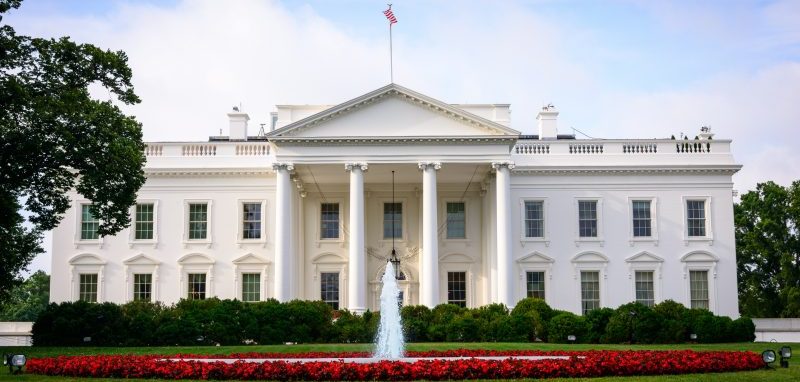On March 13, President Trump announced the Executive Order on Comprehensive Plan for Reorganizing the Executive Branch: “Within 180 days of the date of this order, the head of each agency shall submit to the Director a proposed plan to reorganize the agency, if appropriate, in order to improve the efficiency, effectiveness, and accountability of that agency.”
In general, the order is asking agencies to look for redundancies of functions or administrative capabilities as well as deciding if some functions are better left to state/local government or private sector.
When Trump was elected president, I wrote my five thoughts on the presidency for government employees. I thought I’d do the same with this Executive Order – so here are my nine ideas for agencies to potentially include in their plans:
1) Strengthen and Enforce FedRAMP – The goal of FedRAMP was to prevent agencies from conducting duplicative ATOs for the same software across government. This fits in line with the order as it’s a duplicative administrative capability that should be handled by one agency (GSA). FedRAMP is off to a good start but still struggles with enforcement and the capacity (staffing/budget) to deal with demand.
2) Shared Services – For years, there’s been a push to shared services across federal government. Rather than every agency have their own financial management software or HR benefits center, the approach was to create shared services. We should take lessons from previous shared services initiatives and expand this approach across government with deeper participation.
3) Eliminate Custom Software Development – In general, government should not be in the business of creating custom software. It’s too costly to create and maintain and not a core competency in government. Too often, government creates custom development specific for their unique workflow when already quality SaaS or open-source software can be leverage off-the-shelf.
4) Move to Shared-in-Savings Contracts – There are some items government does that are better off in the hands of the private sector and will save the tax payer lots of money. Examples include shared-in-savings building efficiency contracts where government does a “no-fee” contract to a vendor to modernize a government building and the vendor gets a cut of future energy savings.
5) Move to “Free” Contracts – In state government, the company NIC creates free state portals in exchange for a cut of the transaction. In NYC, there are wi-fi and phone booths that are free to government provided by a vendor in exchange for ability to have advertising on the booth. There are lots of items that government does that a vendor would likely do for free with the ability to be innovative in their business model.
6) Be Smart on Costs of Delivering Services – As new technologies evolve, agencies are often asked to add new digital tools and channels (mobile, social media, online) but are never allowed to move away from legacy channels like in-person and phone calls which are way more costly to government. In Denmark, they moved to mandatory e-government where they required citizens to use cheaper, digital services first which saved a ton of money (and they did have waivers for those who needed the traditional methods). Think about how banks are pushing you in their reminders to their more modern and cheaper services (ATM, digital banking, digital bank statements) and make it harder than ever to go in-store, get a paper statement, see a teller – we need the same approach.
7) Crowd-source & Incentivize Employees – Government employees know where there is duplication of efforts and cost-savings. Historically agencies like TSA have done ideation sessions where they have asked employees for opportunities to save money and remove duplication. Agencies should do this again and get ideas from employees.
8) Provide Incentives Around End of Fiscal Year Rush – In government, there is no incentive not to spend your budget, which ends up being an issue in times of continual resolutions where agencies don’t get their budgets till late in the year and they have a mad dash to spend the money by September 30th. How can we incentivize against the end of fiscal year rush? How about a policy that 25% of any money saved would go into an innovation fund for following fiscal year to invest in new approaches to solve mission problems?
9) Be Creative About Real Estate – Government is sitting on a lot of valuable real estate and jobs that can be used creatively to foster development. For example, the CDC is headquartered in Atlanta. Could we headquarter the Department of Transportation in Detroit and help revitalize and create jobs? Could agencies co-locate with state and local government in some locations? The current decommissioned government real estate process is often slow – can we streamline this process to get money in hands of government & buildings in hands of developers quicker?
In government and interested in any of these ideas? Send me an email to [email protected] and happy to share more info.





Leave a Reply
You must be logged in to post a comment.